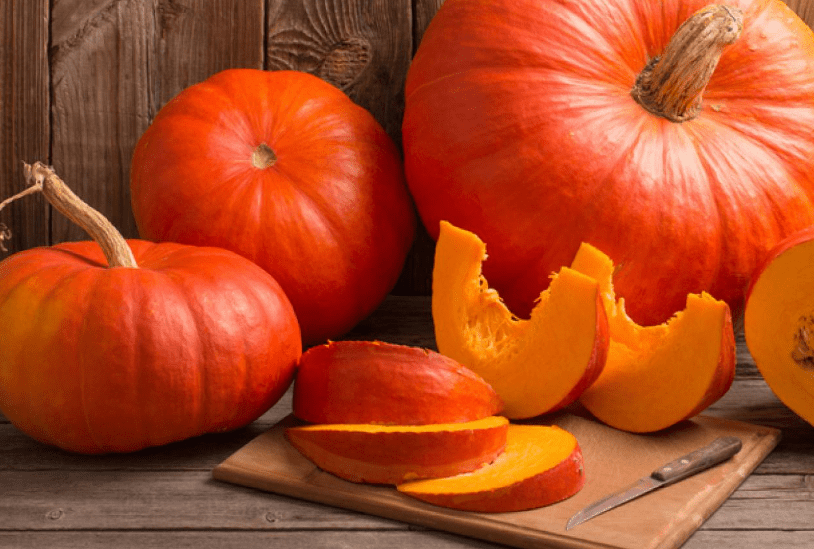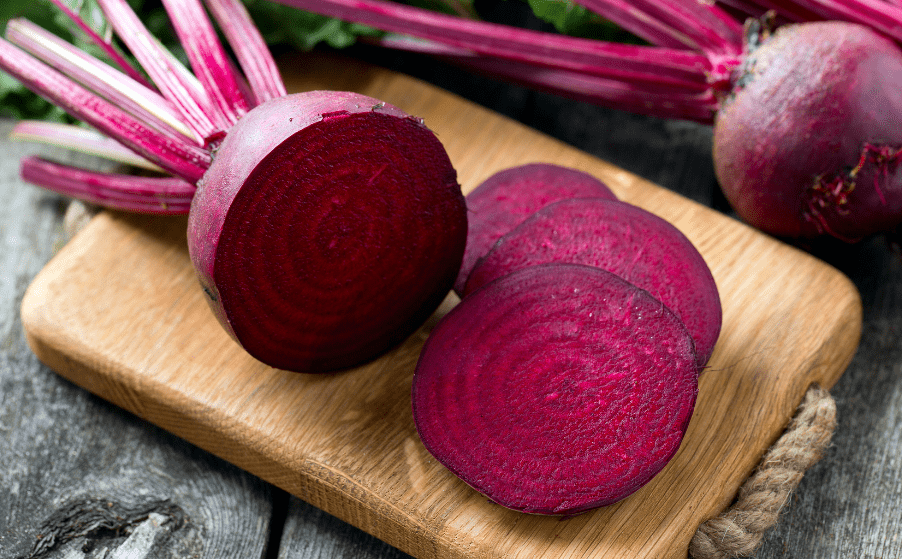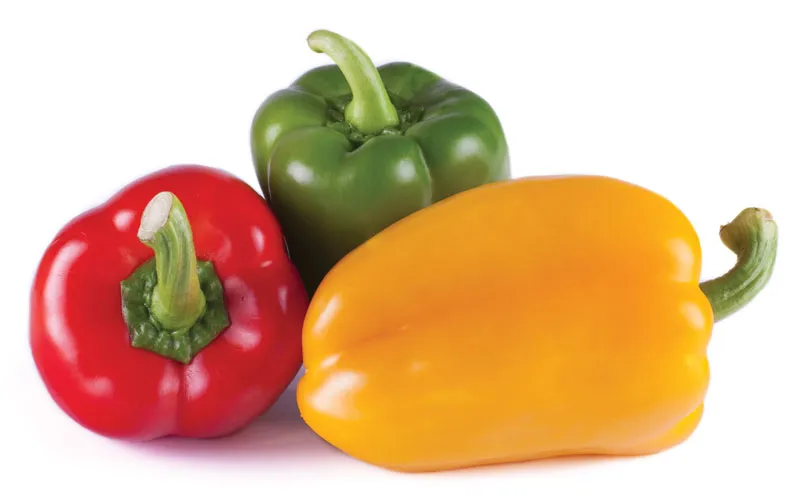
Description
Smooth, slightly ribbed skin and a rich yellow to orange colour are characteristics that are frequently used to describe pumpkins, while there are many varieties that are white, green, and other colors. The rind is smooth with occasional light ribs or furrows. The fruit stem is ridged, angled, stiff and woody.
Varieties
The following pumpkin varieties are suitable for cooking:
This type is called “Cinderella” because it resembles the deep-ribbed pumpkin that changed into Cinderella’s coach in the beloved animated film. It contains meat that is thick and custard-like and is suitable for many kinds of cookery.
‘Lumina’: This white pumpkin has a smooth rind that may be used for carving, and it bakes up nicely.
“Sugar Pie”: This variety’s sweet, fine-grained flesh makes it a great choice for pies. Additionally, soups and casseroles can use it.
‘Connecticut Field’ pumpkins are among the best for carving; this variety is most frequently grown commercially for Halloween purpose. The weight of this common orange pumpkin ranges from 10 to 20 pounds.
The aptly called “Jack-O-Lantern” variant has a rind that glows when a light source is placed within the hollowed-out shell.
The “Howden” variant can weigh up to 20 pounds and is slightly elongated. Its flesh can be used in cooking as well.
There are numerous sorts of unusual novelty pumpkins, such as:
“Atlantic Giant” is a fantastic cultivar for gardeners who want to attempt raising enormous pumpkins. It’s been known for pumpkins to weigh more than 1,000 pounds each.
‘Wee-Be-Little’: This little, baseball-sized pumpkin develops on vines that resemble bushes.
This cultivar, known as “One-Too-Many,” has creamy skin with crimson veins. It works well as a pie pumpkin and may also be carved or decorated.
‘Red Warty Thing’: This pumpkin has orange-red skin that is covered in knobby growths that resemble “warts.” It works well for carving and can be used in recipes.

Uses
Pumpkins are frequently farmed for animal feed in addition to being consumed by humans.
Nutrition
In addition to providing 110 kilojoules of food energy per 100 g (3.5 oz), raw pumpkin is a fantastic source of beta-carotene provitamin A, and vitamin A. A moderate amount of vitamin C is present, but no additional nutrients are found in significant quantities. Pumpkin has 1% protein, 6.5% carbohydrate, 0.1% fat, and 92% water.
Cultivation
In the Northern Hemisphere, pumpkins are typically planted by early July. They are a warm-weather crop. At least 15.5 °C must be reached in the soil 8 centimetres deep for pumpkins, as well as good water retention. Pumpkin crops may suffer from a low temperatures, lack of water, or from being planted in soggy soil.
Table





